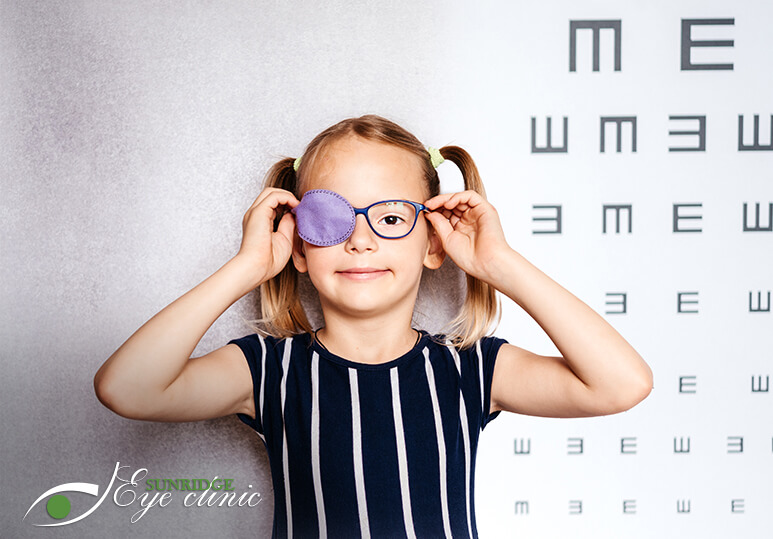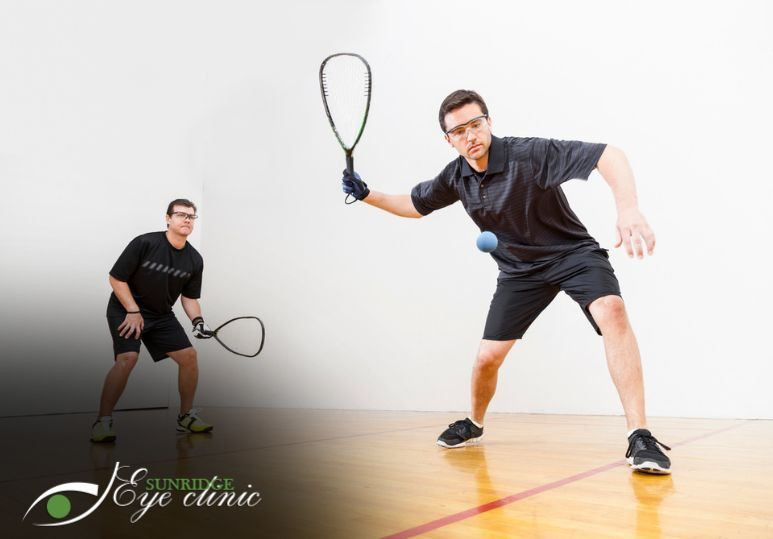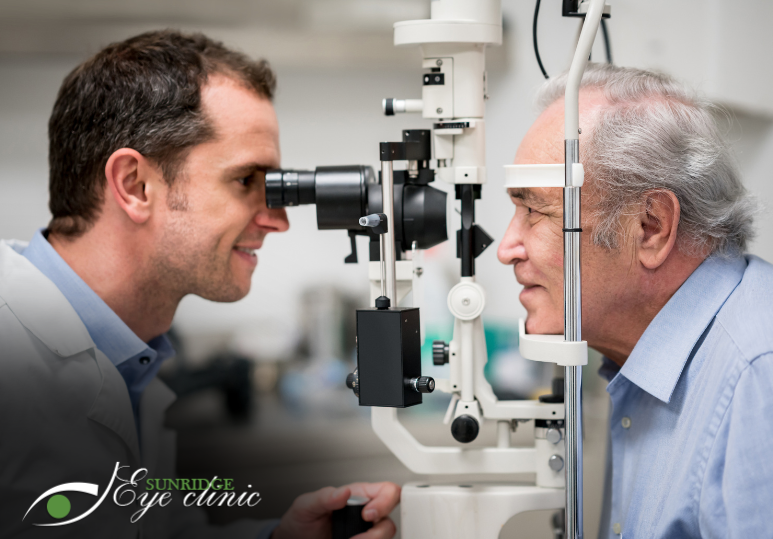The condition can result in vision impairment and loss of depth perception. Amblyopia is usually treated at a young age when the child's vision is still developing. However, new research has proven other treatment methods successful for adult patients suffering from lazy eyes.
Signs And Symptoms Of Lazy Eye
Amblyopia generally develops from birth up to the age of 7 and is the leading cause of vision impairment in Canadian children. Amblyopia can be hard to detect until symptoms become severe. Early warning signs and symptoms include:
- An eye that wanders inward or outward
- Poor depth perception
- Squinting or shutting an eye
- Tendency to bump into objects on one side
- Abnormal vision screening test results
If you or your child suffer from any of the symptoms listed above, book an eye exam with your optometrist to determine the cause of your vision impairment so you can begin treatment right away.
Treatments For Lazy Eye
Vision Therapy
This is the most common treatment option for lazy eye. Modern-day techniques used in vision therapy have shown optimal long-term results when both eyes are trained to work together. This develops a deeper neurological connection between the two eyes and the brain. Vision therapy is highly successful for the improvement of visual acuity, visual processing abilities, and binocular vision. Vision therapy programs are personalized to you or your child's visual needs and may include:
- Accommodation (focusing)
- Fixation (visual gaze)
- Saccades (eye jumps)
- Pursuits (eye-tracking)
- Spatial skills (eye-hand coordination)
Glasses And Contact Lenses
In many cases, amblyopia is caused by an underlying eye condition such as nearsightedness or farsightedness. Prescribing lenses will help train your child's eyes to work together, forcing the brain to strengthen the lazy eye. An optometrist will conduct a comprehensive eye exam to determine the underlying condition of the amblyopia to prescribe glasses or contact lenses. It is important to consistently wear the glasses or contact lenses prescribed in order to see optimal results.
Eye Patch
Your optometrist may also recommend wearing an eyepatch over your dominant eye. Depending on how severe your amblyopia is, you may only be required to wear the eyepatch for a couple of hours per day. The patch will help strengthen the nerves in the weaker eye and the brain center that controls vision.
Calgary ‘Lazy Eye’ Treatments
Amblyopia cannot go away on its own, and untreated amblyopia can lead to permanent vision problems and poor depth perception. Although amblyopia can cause these problems, when caught early, the condition is easily treatable. Many underlying conditions can cause amblyopia, therefore, it is important that you visit your optometrist if you suspect you or your child are suffering from amblyopia so you can be provided with proper treatment as soon as possible.
At Sunridge Mall Eye Clinic, our team of experienced optometrists can perform comprehensive eye exams to screen for, diagnose, and manage many eye conditions that can be the cause of amblyopia (lazy eye) to help you preserve your vision. To learn more or book an appointment, contact our Calgary clinic by calling (403) 280-7518 or book online.
FAQs
Q: Can adults develop amblyopia?
A: While the condition typically presents in early childhood, lazy eyes can still develop later in life.
Q: How often should my child visit the optometrist?
A: The Canadian Association Of Optometry recommends children visit the optometrist once every two years if no vision correction is required. Your optometrist may require more regular visits if your child wears glasses or contact lenses.
Q: How long does it take to treat amblyopia?
A: The time it takes to treat amblyopia will depend on the severity of the condition and if you or your child has any underlying vision problems such as nearsightedness. If no other correction is needed other than for amblyopia, treatment can take anywhere from 6 months to two years. Treatments may be longer if other vision corrections are required.






